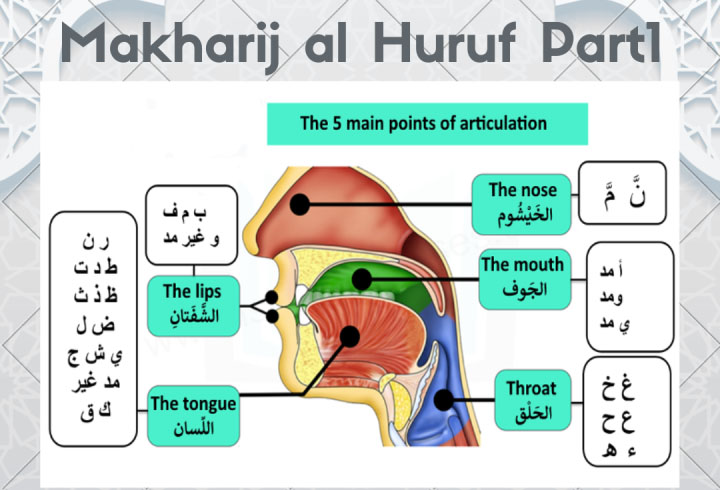Tajweed vs. Tarteel: Differences in Quran Recitation Techniques

Tajweed vs. Tarteel: Key Differences in Quran Recitation Techniques Reciting the Quran is a fundamental act of worship in a Muslim’s life. However, Quranic recitation goes beyond merely reading its verses. Mastering proper recitation involves two primary techniques: Tajweed (تجويد) and Tarteel (ترتيل). These methods, though complementary, have distinct objectives and characteristics. In this article, […]
Different Styles of Reciting the Quran

Different Styles of Reciting the Quran Reciting the Quran is a sacred art integral to Islamic tradition. Revealed in the Arabic language, the Quran must be recited with precision and respect to preserve its divine meaning. The various recitation styles, known as Qira’at, reflect the linguistic and cultural diversity of Islamic history and offer multiple […]
How Long Does It Take to Learn Tajweed with Online Quran Lessons?

How Long Does It Take to Learn Tajweed with Online Quran Lessons? Mastering Tajweed, the art of proper Quranic pronunciation, is essential for anyone seeking to recite the Quran correctly. But one common question many students have is: How long does it take to learn Tajweed, especially with online Quran lessons? The answer varies depending […]
Why is Tajweed Crucial for Accurate Quran Recitation?

Why is Tajweed Crucial for Accurate Quran Recitation? Tajweed is the set of rules governing the correct pronunciation of the Quran. For those seeking to deepen their connection with the Quran, understanding and applying the principles of Tajweed is essential. It ensures that the recitation is both accurate and respectful to the divine words. But […]
What Are The Points of Articulation(Makharij al-Huruf) ?

What Are The Points of Articulation(Makharij al-Huruf) ? The points of articulation (makharij) are defined as the specific locations within the vocal tract—such as the mouth, throat, and nasal passage—where the airflow is modified to produce distinct speech sounds. Each Arabic letter has its distinct makhraj, Identifying the exact Makhraj is important for proper tajweed […]
Tanween Rules: Master the Art of Proper Pronunciation

Tanween Rules: Master the Art of Proper Pronunciation rules of tanween in islam , the concept of “tanween” holds significant importance. Tanween refers to the diacritical marks appearing above Arabic letters, denoting a nasal sound at the end of a word. These marks play a crucial role in proper pronunciation and understanding of the […]
Unlocking Quranic Mastery: Al Qaida An Nuraniya Method Explained

Unlocking the Power of Al Qaida An Nuraniya: A Comprehensive Guide to Quranic Learning In the vast expanse of Quranic education, few methodologies resonate as profoundly as Al Qaida An Nuraniya. Crafted by the esteemed Sheikh Muhammad Nurani, this revolutionary approach has redefined the landscape of Quranic instruction, offering a blend of tradition and innovation […]
Tajweed Science: A Guide to Proper Quranic Recitation

Tajweed Science: A Guide to Proper Quranic Recitation Tajweed is an Arabic term that refers to the rules governing the pronunciation of the Quran. It is an important aspect of Quranic studies, as it ensures that the holy book is recited in a way that is true to its original form. In this post, we […]
how to learn arabic vocabulary

So you have decided to learn Arabic. Do you know that Arabic is the official language of 25 countries, and there are almost 420 million Arabic speakers across the globe? It is great to learn a new language. It is a great and fun experience, but some languages are somewhat hard to memorize, and one of […]
Top 19 Effective Strategies for Mastering the Arabic Language

Top 19 Effective Strategies for Mastering the Arabic Language Arabic, a rich language steeped in history, offers a unique challenge for language enthusiasts. While its grammar rules and pronunciation can be complex, adopting the right learning strategies can simplify the process. Whether you’re setting out on this linguistic journey individually or as a family, here’s […]

